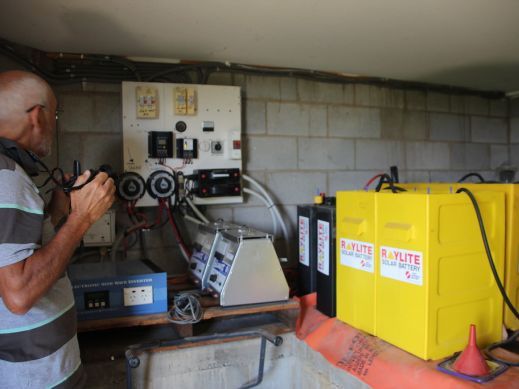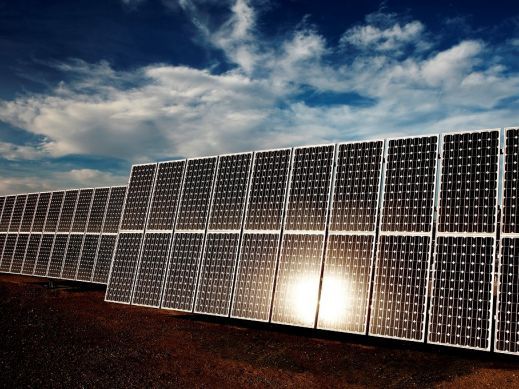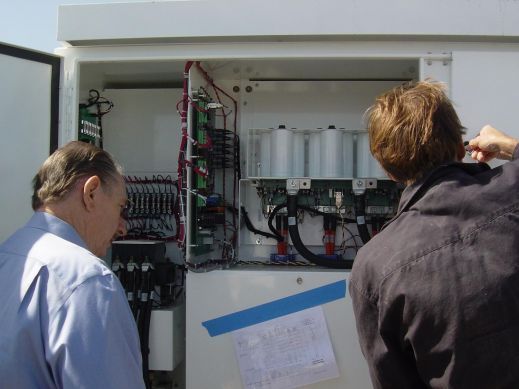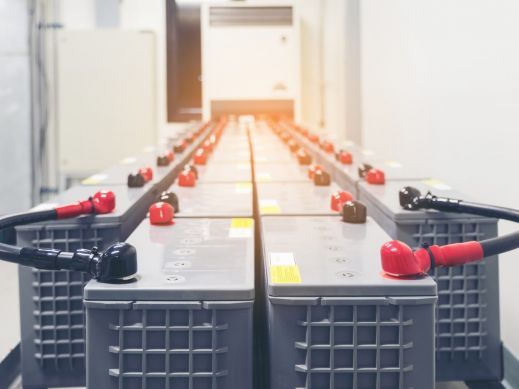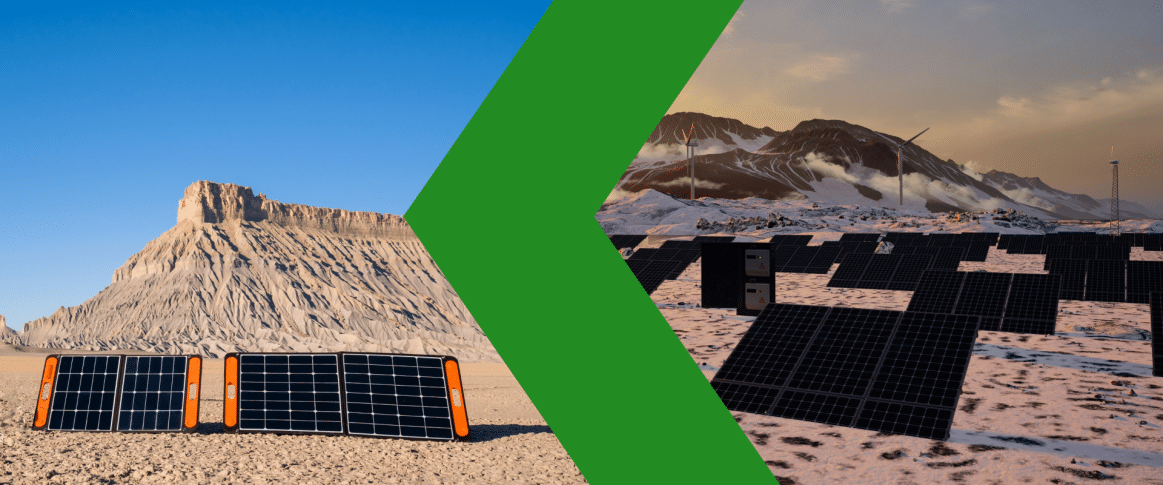
Greentech Renewables has published multiple articles focusing on the impacts of heat and climate factors on the different components of a PV array. This piece aims to provide a comprehensive, high-level insight into best practices, key design factors, and sales points to help you best support all of your customers throughout the entire year.
Generally speaking, it is crucial to remember that while it may seem counterintuitive, cooler temperatures tend to yield higher efficiency among most electronic devices. Solar panels are no exception. Panel efficiency increases incrementally with every degree falling below 25 Celcius. Given that mono and polycrystalline modules have a higher 1:1 concentration efficiency and temperature coefficient at maximum power output, they are reliable standards for installers whose projects lie in regions where lower temperatures are the norm.
Of course, fewer hours of sun in northern states coupled with potentially heavier cloud coverage will impact module production as fewer UV rays will be interacting with each cell. However, research indicates that within the continental US, a PV system will still deliver measurable benefits throughout the winter months despite these climate factors.
Besides modules, the temperature can have adverse impacts on the performance and capacity of batteries and inverters. At very low temperatures, a battery’s internal resistance increases, meaning it takes more effort to charge. Consistently operating at this level pushes capacity and can lead to an overworked battery, circuit failures, or even explosions. To avoid these scenarios, assessing different types of batteries with unique chemistries can help inform your team on which brands and models are most appropriate for your installs.
Inverters are also vulnerable to changing temperatures. Any semiconductor-based equipment will generally operate more efficiently at cooler temperatures; inverters often have a built in fan since they give off significant heat in operation. Thus, the only threat extremely cold conditions could pose would be pushing the voltage of your modules beyond the maximum input voltage of the inverter. Checking the datasheet of your inverter will help you understand your equipment’s temperature operating range and should inform your install design decisions.
Installers who work in regions that experience consistent freezing temperatures should also be aware of the impacts winter weather can have on PV system operations. In terms of snow coverage, modules will likely rarely be covered by such heavy snow to require cleaning. Not only is attempting to clean one's solar panels dangerous, but the tilt of the panels will enable thawing from forces of wind and gravity to help clear the system faster. Snow coverage can cause excess module production due to intense light reflection from increased bright surfaces. However, sun hours are at their lowest in the winter, producing an average of 4 solid production hours per day. All in all, it is best to advise your customers to let their systems thaw naturally and spend more time out enjoying the snow!
While this article provides a basic insight into the different impacts of weather on a solar array, no one can personalize the right resources, connections, and products for you like our Greentech Renewables representatives. Contact us today to chat with you and learn how to optimize your business year-round!
